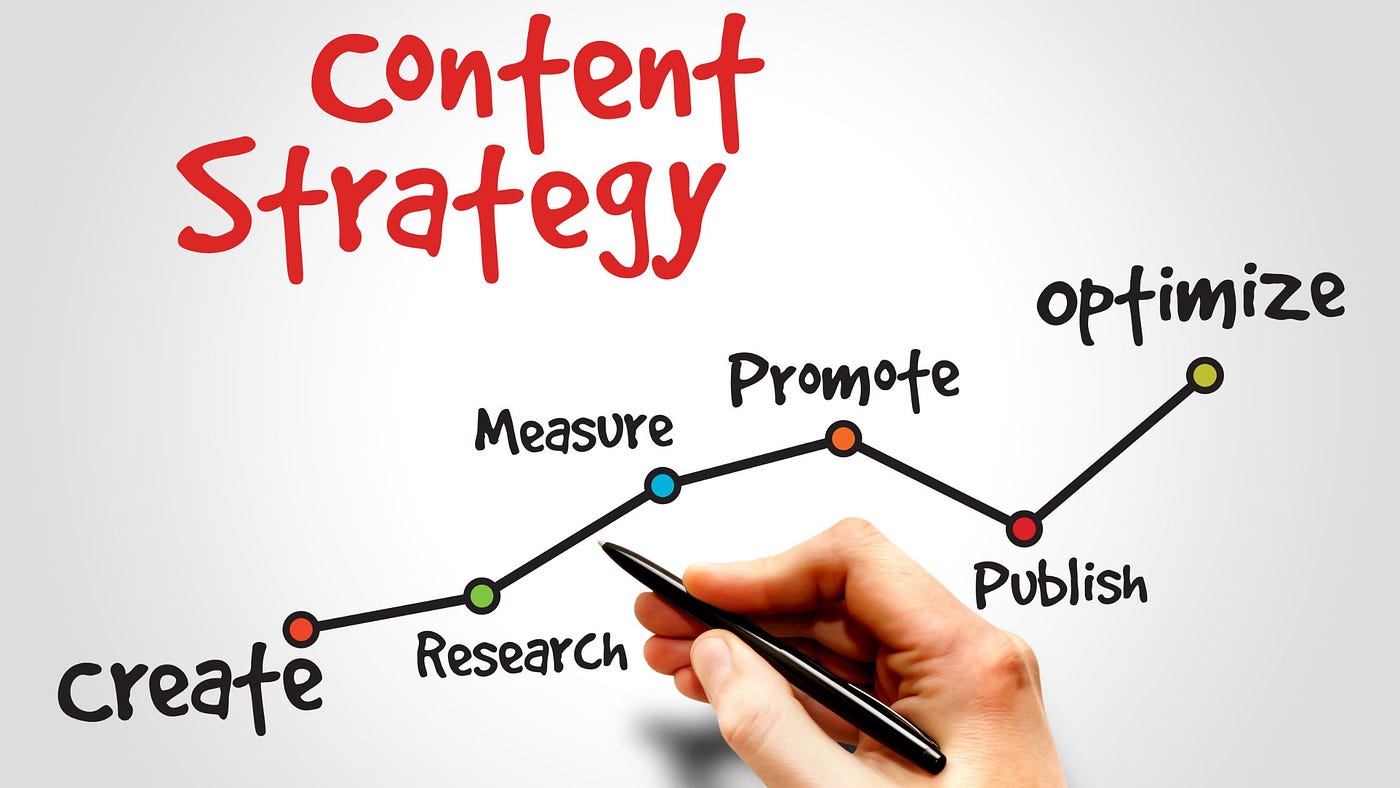The public relations world is experiencing unprecedented transformation as we navigate through 2025. Traditional PR strategies are evolving rapidly, driven by technological breakthroughs, shifting consumer expectations, and the emergence of new communication platforms that are fundamentally changing how brands engage with their audiences.
This evolution represents more than just adopting new tools—it’s about reimagining the entire approach to public relations. Modern PR professionals are discovering that success now depends on their ability to blend cutting-edge technology with authentic human connection, creating campaigns that resonate on both emotional and intellectual levels.
The acceleration of digital transformation has created a perfect storm of opportunity and challenge for PR practitioners. While traditional media outlets continue to play important roles, the rise of social media influencers, podcasters, and digital-first publications has democratized information distribution, forcing PR professionals to diversify their outreach strategies beyond conventional channels.
Consumer behavior has also shifted dramatically, with audiences demanding greater transparency, authenticity, and meaningful engagement from brands. This shift has elevated the importance of storytelling that goes beyond surface-level messaging to create genuine connections with target audiences.
As we examine the trends shaping PR in 2025, it becomes clear that the most successful campaigns will be those that seamlessly integrate advanced technology with human-centered storytelling, creating experiences that are both data-driven and emotionally compelling. The following trends represent the key areas where PR professionals must focus their attention to remain competitive and effective in this rapidly evolving world.
Artificial Intelligence Revolution in PR Strategy

Artificial intelligence has evolved from a supplementary tool to a strategic partner in modern public relations campaigns. The emergence of Agentic AI represents a significant leap forward, moving beyond basic content generation to proactive campaign optimization and real-time strategic adjustments.
This advanced AI technology analyzes vast amounts of data to identify emerging opportunities, predict audience behavior, and suggest tactical modifications that enhance campaign effectiveness. PR professionals are leveraging AI for sophisticated media monitoring, sentiment analysis, and personalized pitch creation that significantly improves their success rates with journalists and influencers.
AI-driven storytelling is becoming increasingly sophisticated, enabling PR teams to craft narratives that are both data-informed and emotionally resonant. These tools can analyze a journalist’s historical coverage patterns to suggest pitch angles that align with their interests, dramatically increasing the likelihood of securing coverage.
The integration of AI in PR workflows is streamlining operations while elevating the quality of strategic decision-making. However, the most successful implementations combine AI efficiency with human creativity, ensuring that technological advancement enhances rather than replaces the human elements that make PR effective.
Authenticity and Transparency as Core Values
Modern audiences have developed sophisticated filters for detecting inauthentic messaging, making genuine storytelling a critical competitive advantage. Brands that embrace transparency and showcase both their successes and challenges are building stronger, more loyal relationships with their communities.
This trend toward authenticity extends beyond marketing messages to encompass corporate behavior, social responsibility, and ethical business practices. PR campaigns that center on authentic narratives and demonstrate genuine corporate responsibility are resonating more deeply with audiences who value substance over style.
User-generated content and behind-the-scenes glimpses are becoming essential components of authentic brand communication. These approaches help humanize organizations and create emotional connections that traditional corporate messaging often fails to achieve.
The rise of AI-generated content has paradoxically increased the value of clearly attributed, human-created content. Establishing clear authorship and maintaining editorial integrity are becoming essential for building trust and standing out in an increasingly crowded information world.
Visual and Interactive Content Dominance

The demand for visual content continues to accelerate, with photos, videos, infographics, and interactive formats becoming essential for engaging today’s visual-first audiences. The popularity of platforms like TikTok, Instagram Reels, and short-form video applications has created new opportunities for dynamic, bite-sized storytelling.
Multimedia-driven engagement is particularly important for journalists, who are increasingly drawn to content that includes rich visual assets. These formats make stories more dynamic and shareable while boosting audience interaction and retention.
Interactive content formats are emerging as powerful tools for breaking down complex information and creating memorable experiences. PR professionals are experimenting with virtual reality, augmented reality, and other immersive technologies to create unique storytelling opportunities.
The shift toward mobile-first, ephemeral content is creating new urgency and exclusivity in messaging strategies. This approach makes communications more impactful and memorable while catering to audiences who consume information quickly across multiple platforms.
Influencer Marketing Evolution and Micro-Partnerships
Influencer marketing is becoming increasingly specialized, with micro-influencers and subject-matter experts driving more meaningful engagement than traditional celebrity endorsements. These partnerships foster authentic connections with dedicated, niche communities that often deliver higher conversion rates.
Podcast partnerships are solidifying their role as dominant media platforms, offering opportunities for deep, unfiltered conversations that build trust and establish thought leadership. The intimate nature of podcast content creates unique opportunities for authentic brand storytelling.
The evolution of influencer partnerships is moving toward long-term collaborations that align with brand values and audience interests. These relationships are becoming more strategic, focusing on genuine advocacy rather than transactional promotional content.
Social media platforms continue to evolve their algorithms and features, requiring PR professionals to stay current with platform-specific best practices while maintaining consistent brand messaging across multiple channels.
Data-Driven Decision Making and Analytics

Precision audience research has become a sophisticated science, with advanced analytics and AI-powered demographic tools enabling PR professionals to develop hyper-targeted communication strategies. This approach moves beyond broad-stroke messaging to create nuanced audience personas with unprecedented depth.
The ability to understand micro-segments within broader demographic groups and predict audience behavior is transforming how PR campaigns are conceived and executed. Data analytics are becoming essential for proving ROI and making informed strategic decisions.
Predictive analytics are helping PR professionals anticipate trends, identify potential issues, and optimize campaign timing for maximum impact. This proactive approach enables more strategic resource allocation and better campaign outcomes.
Privacy regulations and the decline of third-party cookies are driving the development of first-party and zero-party data strategies. These approaches ensure personalized yet privacy-compliant communication while building stronger direct relationships with audiences.
Omnichannel Communication Strategies
Modern PR strategies are rapidly shifting toward omnichannel approaches that blend traditional and digital platforms to create cohesive audience experiences. This integration ensures consistent messaging while maximizing reach across diverse communication channels.
The fragmentation of media landscapes requires PR professionals to look beyond legacy media outlets when developing outreach strategies. Social media influencers, podcasters, and digital-first publications are becoming new gatekeepers to key audiences.
Crisis communication and reputation management are becoming more complex as information spreads rapidly across multiple platforms. Successful crisis response now requires coordinated messaging across all communication channels with real-time monitoring and adjustment capabilities.
Employee advocacy programs are emerging as powerful tools for authentic brand communication. These initiatives leverage internal stakeholders to share genuine experiences and perspectives that resonate with external audiences.

